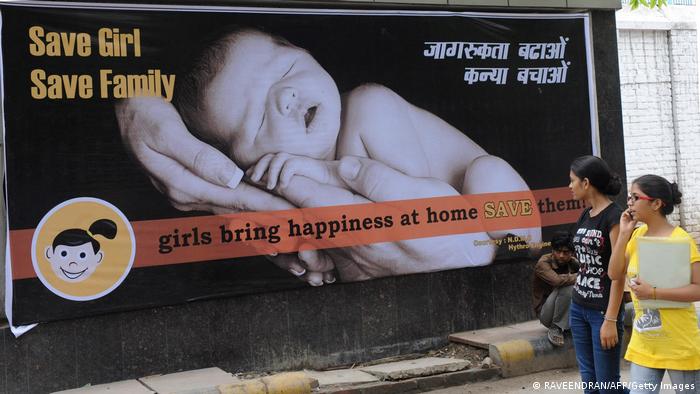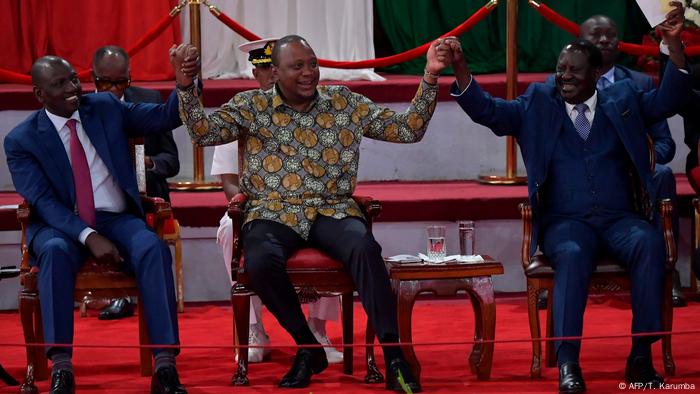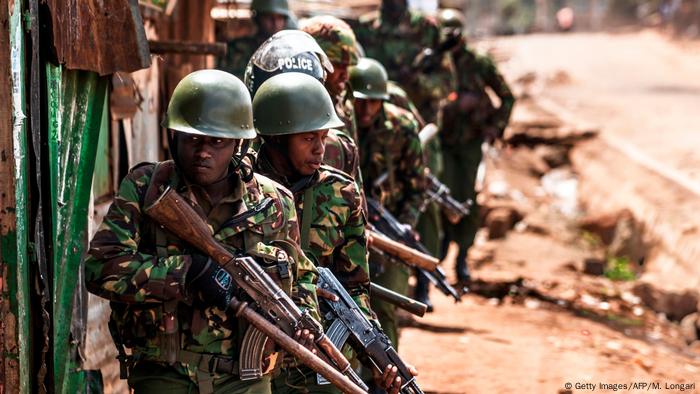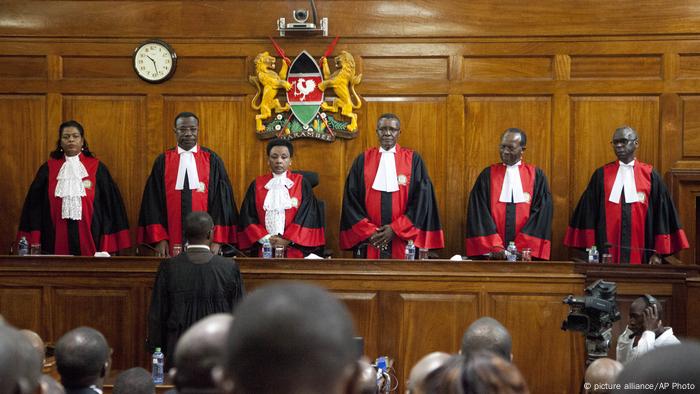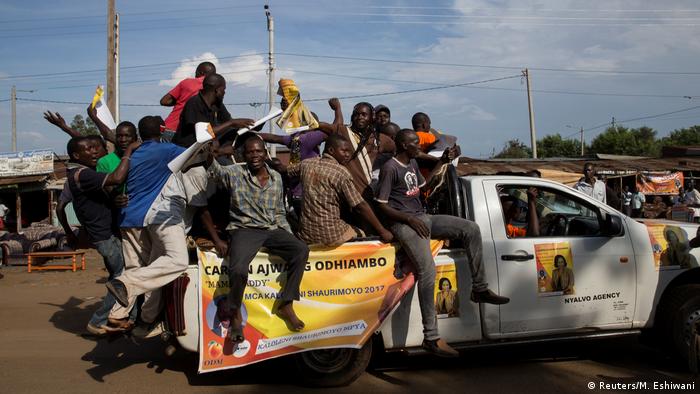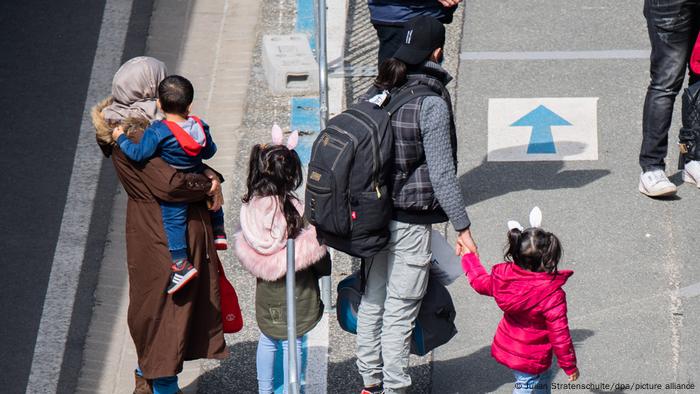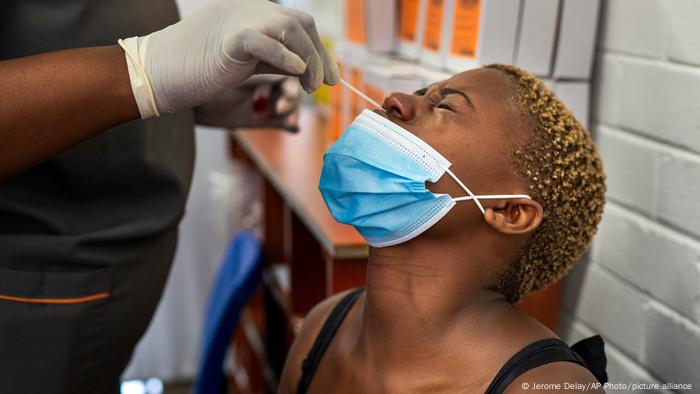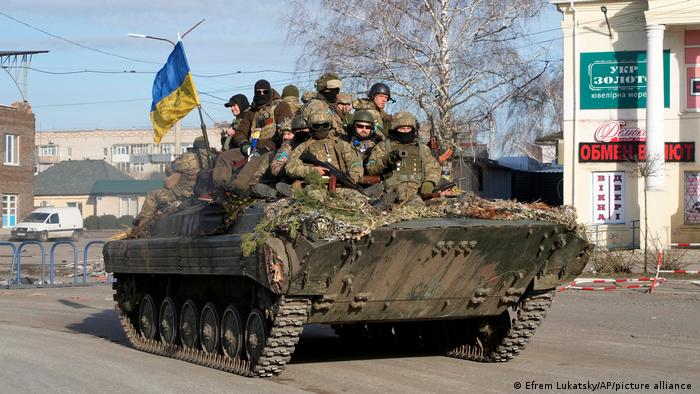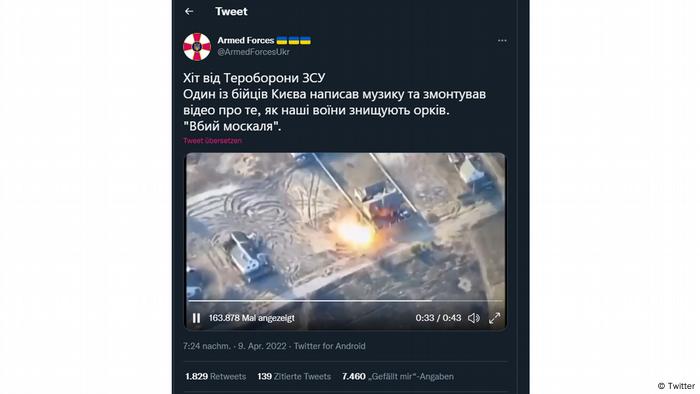
Erik Hertzberg
Wed, April 13, 2022, 10:50 AM
(Bloomberg) -- The Bank of Canada raised its policy interest rate by half a percentage point in its biggest hike in 22 years, and said rates are poised to move significantly higher as it aggressively wrestles inflation down from a three-decade high.
Policymakers led by Governor Tiff Macklem increased the central bank’s overnight benchmark to 1% on Wednesday. Macklem said he expects rates will return to what they consider the “neutral range” of 2% and 3%, with policy makers prepared to move “forcefully” if needed.
The bank also said it will stop purchasing government bonds later this month to start shrinking its balance sheet, another form of stimulus withdrawal.
“The economy can handle higher interest rates, and they are needed,” Macklem said at a news conference in Ottawa.
Short-term bonds fell after the report, pushing Canada’s benchmark two-year yield to as high as 2.346%, before reversing those losses. The loonie strengthened, however, gaining 0.4% to C$1.2593 per U.S. dollar at 12:29 p.m. in Toronto trading.
The policy actions mark an acceleration of what’s expected to be one of the most aggressive monetary tightening campaigns ever by the Bank of Canada, a tacit recognition from the central bank that it needs to quickly exit from ultra-loose policy before inflation becomes sticky.
“There is an increasing risk that expectations of elevated inflation could become entrenched,” officials said in the rate statement, adding the bank will “use its monetary tools to return inflation to target and keep inflation expectations well-anchored.”
In what policymakers described as a “substantial upward revision,” inflation is now seen averaging near 6% in the first half of 2022, before easing to about 2.5% in the second half of next year and to around its 2% target by the end of 2024.
Inflation is projected to average 5.3% in 2022, versus forecasts in January of 4.2%. Price growth will slow to 2.8% on average in 2023, versus previous forecasts of 2.3%.
“This isn’t the last 50+ move and I’d expect another in June,” Derek Holt, head of capital markets economics at Bank of Nova Scotia, said by email.
Wednesday’s 50-basis-point hike was anticipated by 25 of 30 economists surveyed by Bloomberg News, with markets pricing in about a 70% chance of an increase of that size. Investors are betting the central bank will continue hiking borrowing costs in coming months until the policy rate rises to as high as 3% by this time next year.
The Bank of Canada also provided some details of its quantitative tightening plan on Wednesday. The bank no longer plans to replace federal bonds as they roll off their balance sheet starting April 25. Over the next 12 months, about a quarter of the net C$350 billion ($275 billion) in government debt acquired during the pandemic will mature, pushing up yields, and complementing the increase in the policy rate.
What Bloomberg Economics Says...
“The degree to which the start of quantitative tightening later in April will take the place of rate hikes is a question Governor Tiff Macklem did not clearly address in the press conference, reiterating language in the statement that QT would ‘complement’ rate hikes.”
-- Andrew Husby, economist
Despite the hawkish policy statement, there are some relatively optimistic assumptions weaved throughout the decision. Supply is seen jumping next year to meet strong demand as Covid-19 containment measures are lifted and global disruptions ease.
Officials are also assuming Canada’s economy won’t be negatively impacted by the Ukraine crisis thanks to the nation’s commodities sector, while global inflationary pressures are seen eventually abating. If the latter assumption fails to materialize, the rate-hike path would need to be more aggressive.
On the other hand, the central bank also raised by 25 basis points its estimate for its neutral rate to around 2.5%, which gives it more scope to hike.
The jumbo rate hike is the first by a Group of Seven central bank since the pandemic, but not the first on Wednesday.
New Zealand’s central bank lifted its official cash rate by half a percentage point to 1.5% earlier in the day. A hawkish pivot is also expected in the U.S., where Chairman Jerome Powell and other policy makers have put a half-point hike on the table for the Federal Reserve’s meeting in May.
(Minor updates throughout.)
Most Read from Bloomberg Businessweek
CANADA FX DEBT-Canadian dollar rallies on rare half-point rate hikeFergal Smith
(Adds strategist quotes and details throughout; updates prices)
*Canadian dollar strengthens 0.6% against the greenback
* Bank of Canada raises key interest rate to 1%
* Price of U.S. oil climbs 3.2%
* Canadian bond yields ease across curve
By Fergal Smith
TORONTO, April 13 (Reuters) - The Canadian dollar strengthened against its U.S. counterpart on Wednesday, recovering from its lowest level in nearly four weeks, as oil prices climbed and the Bank of Canada announced its biggest single interest rate hike in more than two decades. The central bank raised its benchmark overnight rate to 1% from 0.5% and said it would allow government bonds it amassed during the COVID-19 pandemic to roll off as they mature from April 25, beginning what is known as quantitative tightening. The BoC last hiked by half a percentage point in May 2000, favoring instead quarter-point increments. The Reserve Bank of New Zealand also hiked by half a percentage point on Wednesday as central banks globally move to tackle runaway inflation. "Today's 50 basis point rate hike by the Bank of Canada, while expected, still caused a bit of loonie appreciation," said Greg Anderson, global head of foreign exchange strategy at BMO Capital Markets. "People who would otherwise be buying the loonie on the back of rising oil prices and also recovering equities, those people were sidelined by the event risk and now it is over they have come in to add to loonie longs." U.S. shares rose, helped by a rebound in growth stocks on falling bond yields, while the price of oil, one of Canada's major exports, was up 3.2% at $103.86 as investors grew more discouraged about peace talks between Russia and Ukraine. The Canadian dollar was trading 0.6% higher at 1.2570 to the greenback, or 79.55 U.S. cents, rebounding from its weakest intraday level since March 17 at 1.2676. Canadian government bond yields were lower across the curve, tracking the move in U.S. Treasuries. The 10-year eased 2.7 basis points to 2.619%, after touching on Tuesday its highest intraday level in more than eight years at 2.735%. (Reporting by Fergal Smith; Editing by Will Dunham and Diane Craft)
CANADA STOCKS-Toronto stocks rise after Bank of Canada hikes rates as expected
April 13 (Reuters) - Canada's top share index rose on Wednesday, boosted by energy and material stocks, as the Bank of Canada raised interest rates by 50 basis points in a widely anticipated move to combat surging inflation.
After opening up more than 0.4%, the S&P/TSX composite index pared some gains in the wake of the decision. It was up 0.14% at 21,745.07 by 10:11 a.m. ET (1411 GMT).
The central bank raised rates by half a percentage point to 1%, its biggest single move in two decades, and promised more hikes as inflation expectations soar, partly due to the war in Ukraine.
It also said it would allow government bonds it amassed during the COVID-19 pandemic to roll off as they mature, beginning what is known as quantitative tightening.
"In terms of actions and the commentary, it was about as close to expectations as one can possibly imagine," said Doug Porter, chief economist at BMO Capital Markets.
"I think the more interesting question now is what does the bank do next. And it certainly looks like there's a solid possibility that they follow this up with another 50 basis point increase in June."
While most stock markets are grappling with a surge in inflation and a possible economic slowdown, the TSX index hit a record high just last week. It has climbed 2.9% this year, among the few regional equity markets holding on to gains, as surging commodity prices boost mining and energy shares.
The energy sector gained 0.6% as prices of crude, one of the country's major exports, rose more than 2% after Moscow said that peace talks with Ukraine had hit a dead end, fueling supply concerns.
The materials sector, which includes precious and base metals miners and fertilizer companies, added 1% as gold prices hit a one-month high.
Heavily weighted financial stocks slipped 0.9% to hit an over three-month low. The declines came as Wall Street peers took a hit from JPMorgan Chase & Co reporting a quarterly profit slump.
(Reporting by Sruthi Shankar in Bengaluru and Allison Lampert in Toronto; Editing by Amy Caren Daniel)





